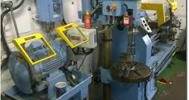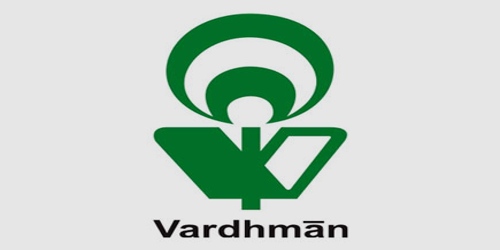Personnel management VS Human resources management:
Although on some key issues- a natural concern for people, and their need, together with finding efficient means to select, train, appraise, develop and reward them, there are some point of dissimilarities between personnel management (PM) and human resource management (HRM). Traditional personnel management tends to be parochial, striving to attend line managers, with a strong proactive stance and a bias towards business. PM has a history of placing emphasis on bureaucratic control often in a reactive sense, i.e., control of manpower and personnel systems. Some would argue that PM represented a highly compartmentalized system.
Definition
Personnel management
Personnel are those who are employed in the workplace. Personnel management is an administrative function which exists in an organization to ensure right personnel at right organizational activity. It is a traditional approach of managing employees which focuses on adherence to policies and rules of organization.
Human Resource Management
Human resource management is a modern approach of managing people at workplace which focuses on acquisition, development, utilization and maintenance of human resource. It combines physical energies and their strengths with human competencies. In simple words, human resource management can be referred as the policy which ensures right quality and quantity of human resource in the organization.
Explanation
By contrast, HRM makes a determined effort to be a more integrative mechanism in bringing people issue into line with business issues, with a pronounced problem – seeking and problem solving orientation, and a determination to build collaborative organizational systems. The role of top management in setting the agenda for change and development is very much in evidence in HRM.
Some personnel managers will no doubt see the growing influence of HR managers as a threat fearing that they may just become custodians of personnel systems. Beer (1997) identified major obstacles in transforming the traditional administrative personnel function and moving to a fully fledged HRM system. He function is that most HR professionals do not possess the requisite analytical and interpersonal skills.
In HRM there is a greater emphasis on strategic issues and on the way which the human resource contributes to the achievement of corporate objectives. HRM underlines the importance of flexibility and the ability to react and adapt quickly to changes in the organizational environment.
Difference in Approach
The personnel management approach tends to attach much importance to norms, customs and established practices, whereas the human resource approach gives importance to values and mission.
The personnel management approach also concerns itself with establishing rules, policies, procedures, and contracts, and strives to monitor and enforce compliance to such regulations, with careful delineation of written contract. The human resource management approach remains impatient with rules and regulations. HR managers tend to relax rules based on business needs and exigencies, and aim to go by the spirit of the contract rather than the letter of the contract.
Difference in Nature
Another dimension of the difference is the proactive nature of human resource management compared to the reactive nature of personnel management.
Personnel management remains aloof from core organizational activities, functions independently, and takes a reactive approach to changes in corporate goals or strategy. Human resource management remains integrated with corporate strategy and takes a proactive approach to align the workforce toward achievement of corporate goals.
Difference in Application
Personnel management is an independent staff function of an organization, with little involvement from line managers, and no linkage to the organization’s core process. Human resource management, on the other hand, remains integrated with the organization’s core strategy and functions. Although a distinct human resource department carries out much of the human resource management tasks, human resource initiatives involve the line management and operations staff heavily.
Personnel management also strives to reconcile the aspirations and views of the workforce with management interest by institutional means such as collective bargaining, trade union-based negotiations and similar processes. This leads to fixation of work conditions applicable for all, and not necessarily aligned to overall corporate goals.
However, there are some differences in the following matters.
- Personnel management is a traditional approach of managing people in the organization. Human resource management is a modern approach of managing people and their strengths in the organization.
- Personnel management focuses on personnel administration, employee welfare and labor relation. Human resource management focuses on acquisition, development, motivation and maintenance of human resources in the organization.
- Personnel management assumes people as a input for achieving desired output. Human resource management assumes people as an important and valuable resource for achieving desired output.
- Under personnel management, personnel function is undertaken for employee’s satisfaction. Under human resource management, administrative function is undertaken for goal achievement.
- Under personnel management, job design is done on the basis of division of labor. Under human resource management, job design function is done on the basis of group work/team work.
PM can be described as a series of activities related to various aspects of an employee’s relationship with the organization. HRM is also concerned with these issues, but in addition stresses the primacy of business needs. Other points of departure are that HRM embraces individual flexibility and congruency between individual and organizational goals, whereas PM is concerned with systems applied to individuals and collectivism.
Information Source:
















